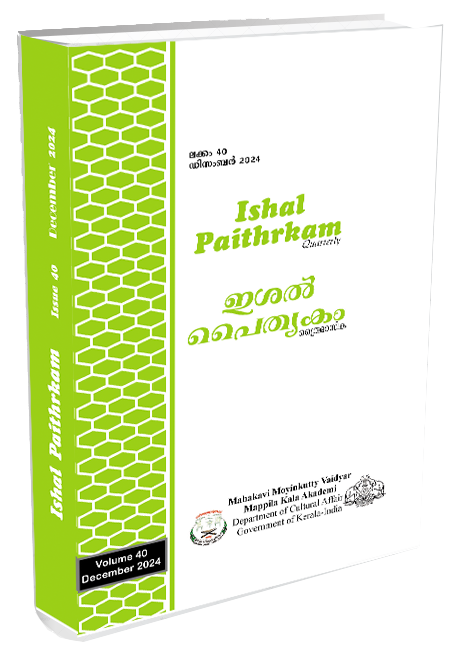Virtual Bodies in Literary Narratives: A Critical Analysis of Posthumanism in the Select Science Fiction
Keywords:
Posthumanism, Genetically Modified Organisms, Virtual bodies, Artificial Intelligence, CyborgsAbstract
The concept of posthumanism was first used by Ihab Hassan in his article titled Prometheus as Performer: Toward a Posthumanist Culture (1977). Being a complex and evolving literary theory, posthumanism challenges traditional humanist perspective which centres on the human experience as the pinnacle of existence and investigates the blurring boundaries between humans and non-human entities, such as animals, machines, and even artificial intelligence. By portraying scenarios where humans interact with advanced AI, Genetically Modified Organisms, virtual bodies or cyborg enhancements, science fiction narratives delves into complex ethical questions related to emerging technologies and their implications for humanity. In the current times, the world witnesses an unpredicted development in Artificial Intelligence in various fields like Education Sector, Business Sector and Security Sector. By exploring these intricacies brought out by technological development, the selected novels Do Androids Dream of Electric Sheep (1968) by Phillip K Dick, Neuromancer (1984) by William Gibson and Machines Like Me (2019) by Ian McEwan’s gain profound relevance at the present time. Therefore, this research article examines the various ways in which these novels presents the quintessence of Posthumanism through imaginative explorations and speculative visions. They illuminate the complexities of posthumanist perspectives which act as the greatest threat to human life on the Earth.
Downloads
References
Bhaumik, A. (2018). From AI to Robotics: Mobile, Social, and Sentient Robots. CRC Press.
Gibson, W. (1984). Neuromancer. Ace Books.
Gomel, E. (2011). Science (Fiction) and Posthuman Ethics: Redefining the human. The European Legacy, 16(3), 339–354. https://doi.org/10.1080/10848770.2011.575597.
Haraway, D. (2007). A Cyborg Manifesto: Science, Technology, and Socialist-Feminism in the Late 20th Century. Springer eBooks (pp. 117–158). https://doi.org/10.1007/978-1-4020-3803-7_4.
Hassan, I. (1977). Prometheus as Performer: Toward a Posthumanist Culture?. The Georgia Review, 31(4), 830-850. https://www.jstor.org/stable/41397536.
Hayles, N. (1999). How We Became Posthuman: Virtual Bodies in Cybernetics, Literature, and Informatics. The University of Chicago Press.
K Dick, P. (1968). Do Androids dream of electric sheep?. Hachette UK.
McEwan, I. (2019). Machines Like Me. Vintage Publishing.
Nath, R., & Manna, R. (2021). From posthumanism to ethics of artificial intelligence. AI & Society, 38(1), 185–196. https://doi.org/10.1007/s00146-021-01274-1.
Vint, S. (2007). Bodies of Tomorrow: Technology, subjectivity, science fiction. The University of Toronto Press.
Vint, S. (2016, May 24). Science Fiction and Posthumanism. Critical Posthumanism. https://criticalposthumanism.net/science-fiction/.
Watson, R. (2016). Digital vs Human: How we’ll live, love and think in the future. Amaryllis.
Additional Files
Published
Issue
Section
License
Copyright (c) 2025 ISHAL PAITHRKAM

This work is licensed under a Creative Commons Attribution-NoDerivatives 4.0 International License.

